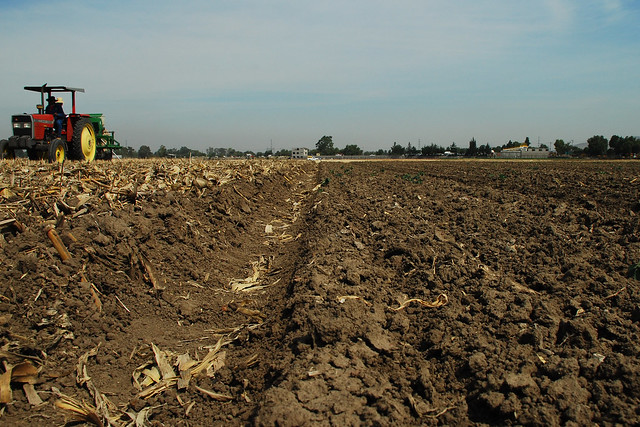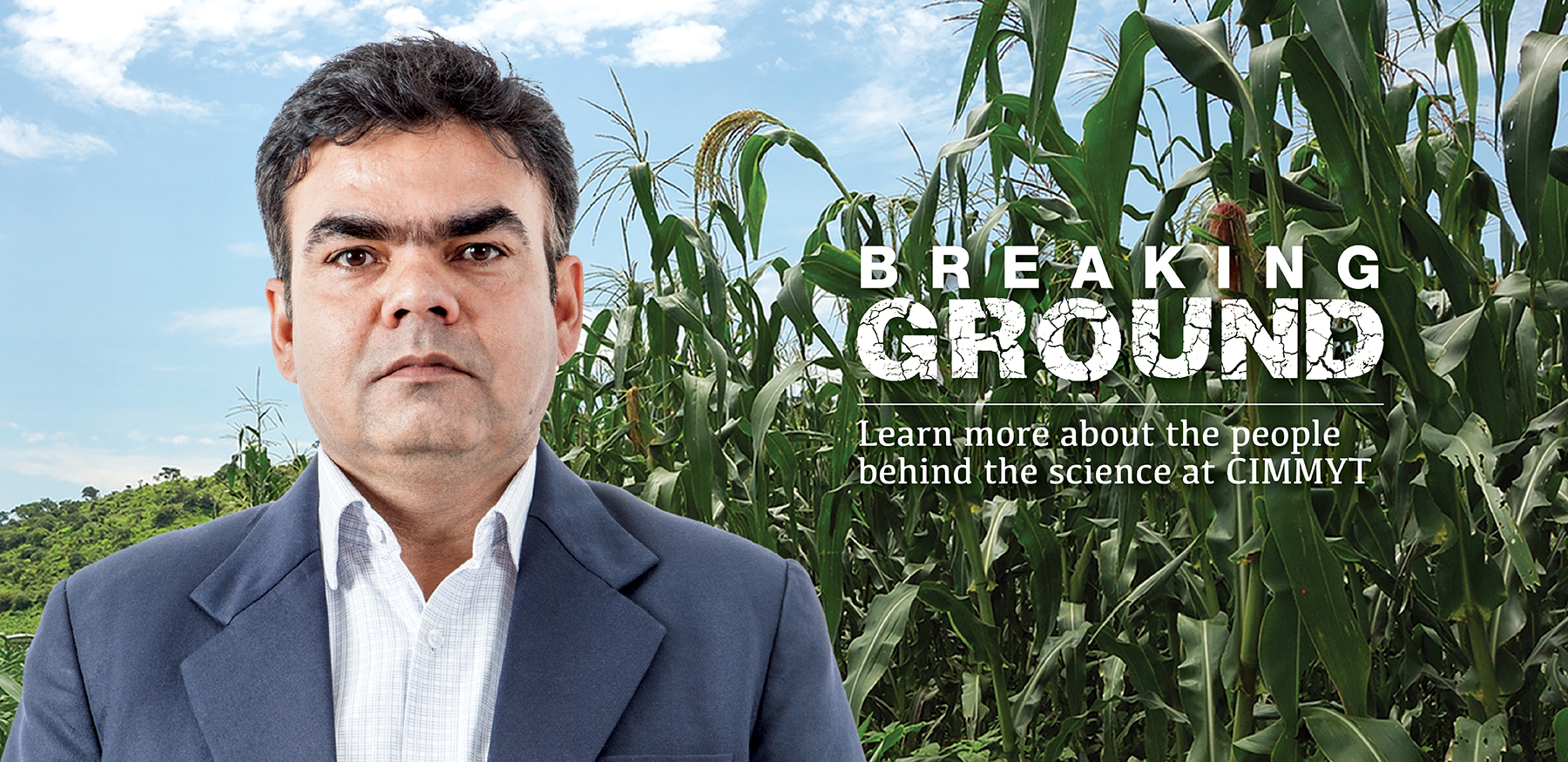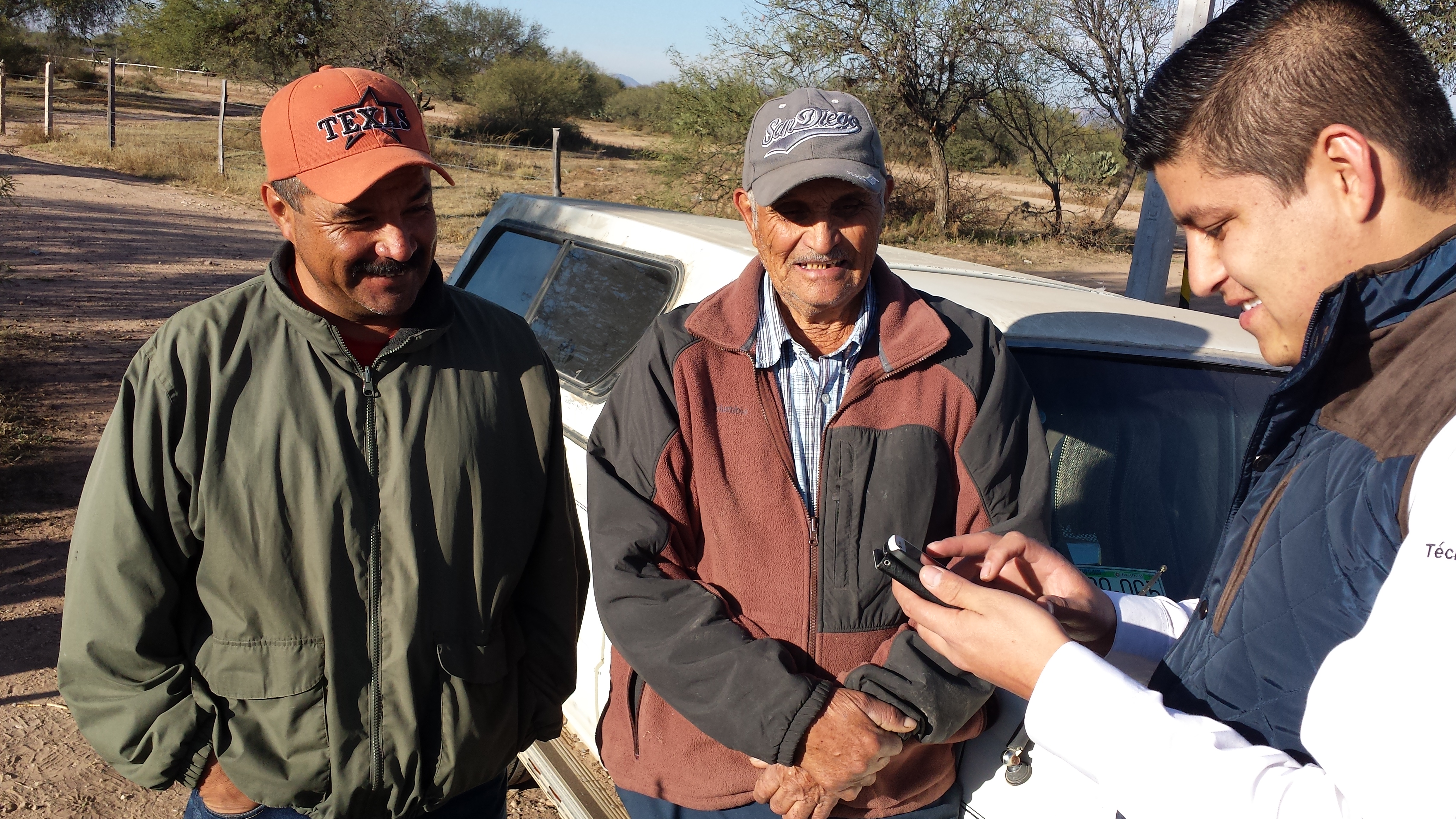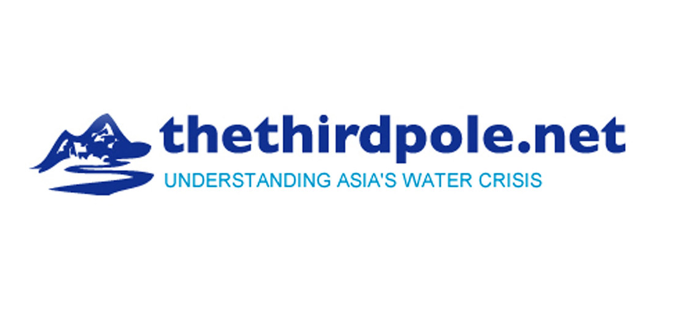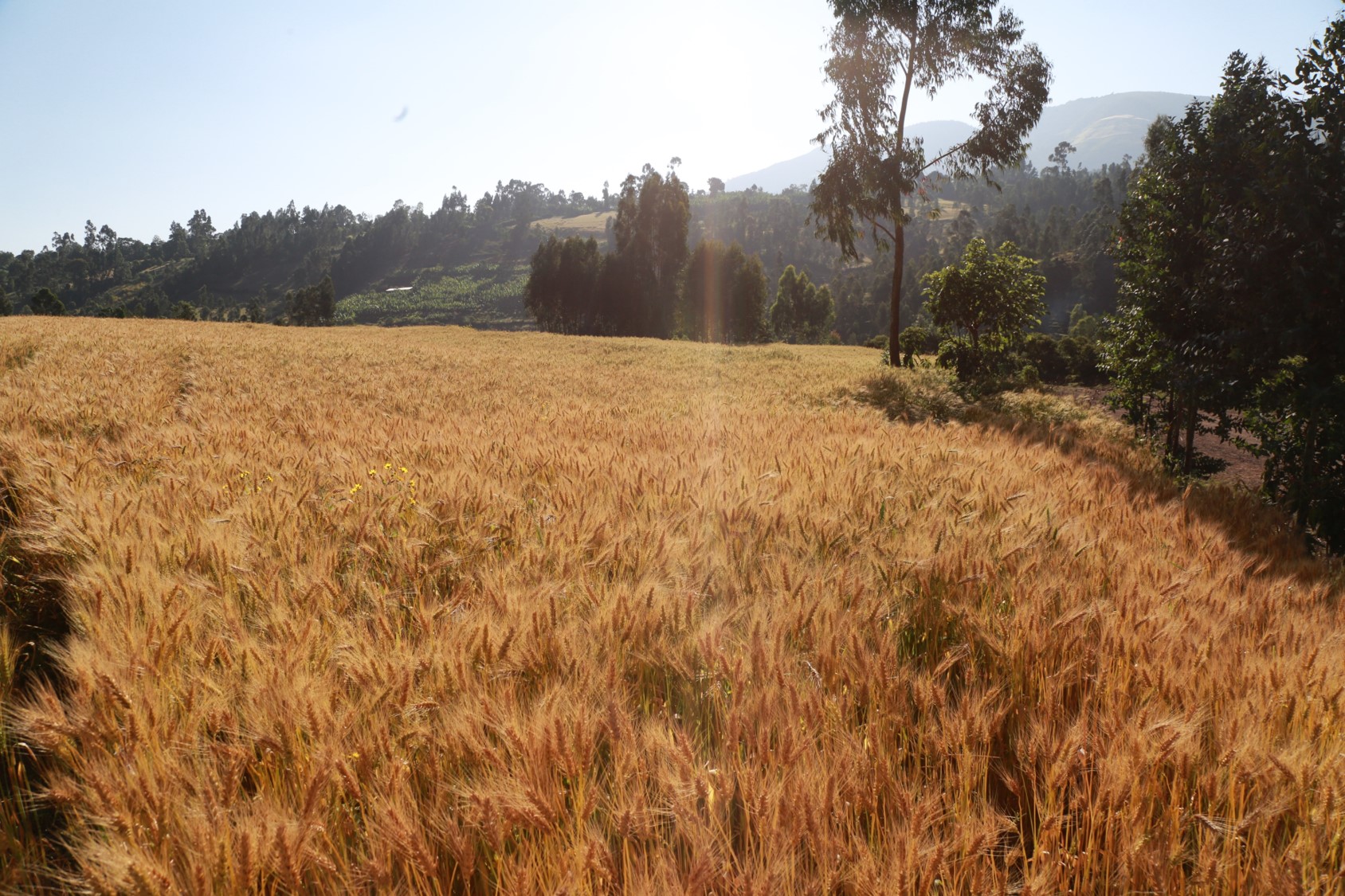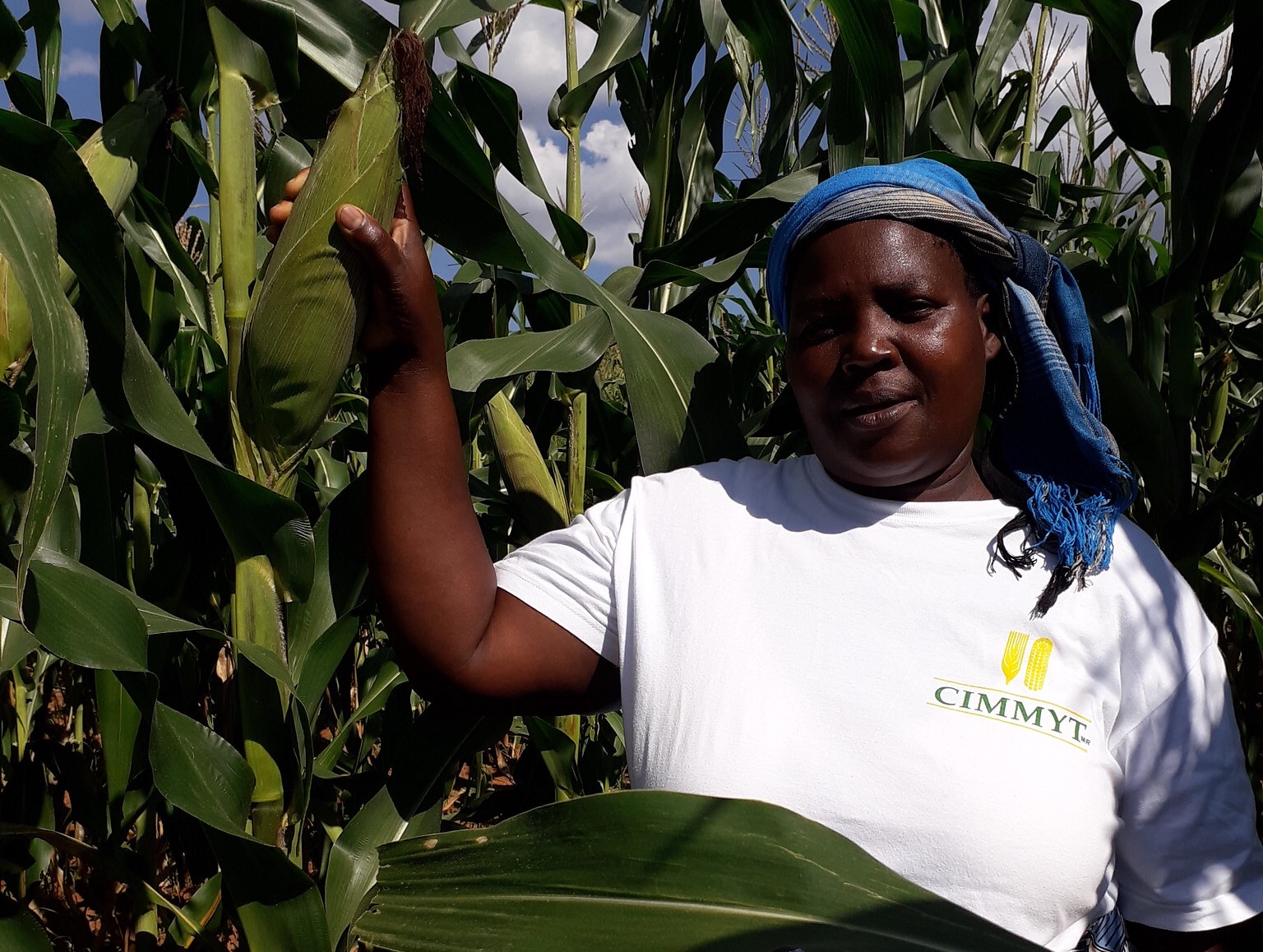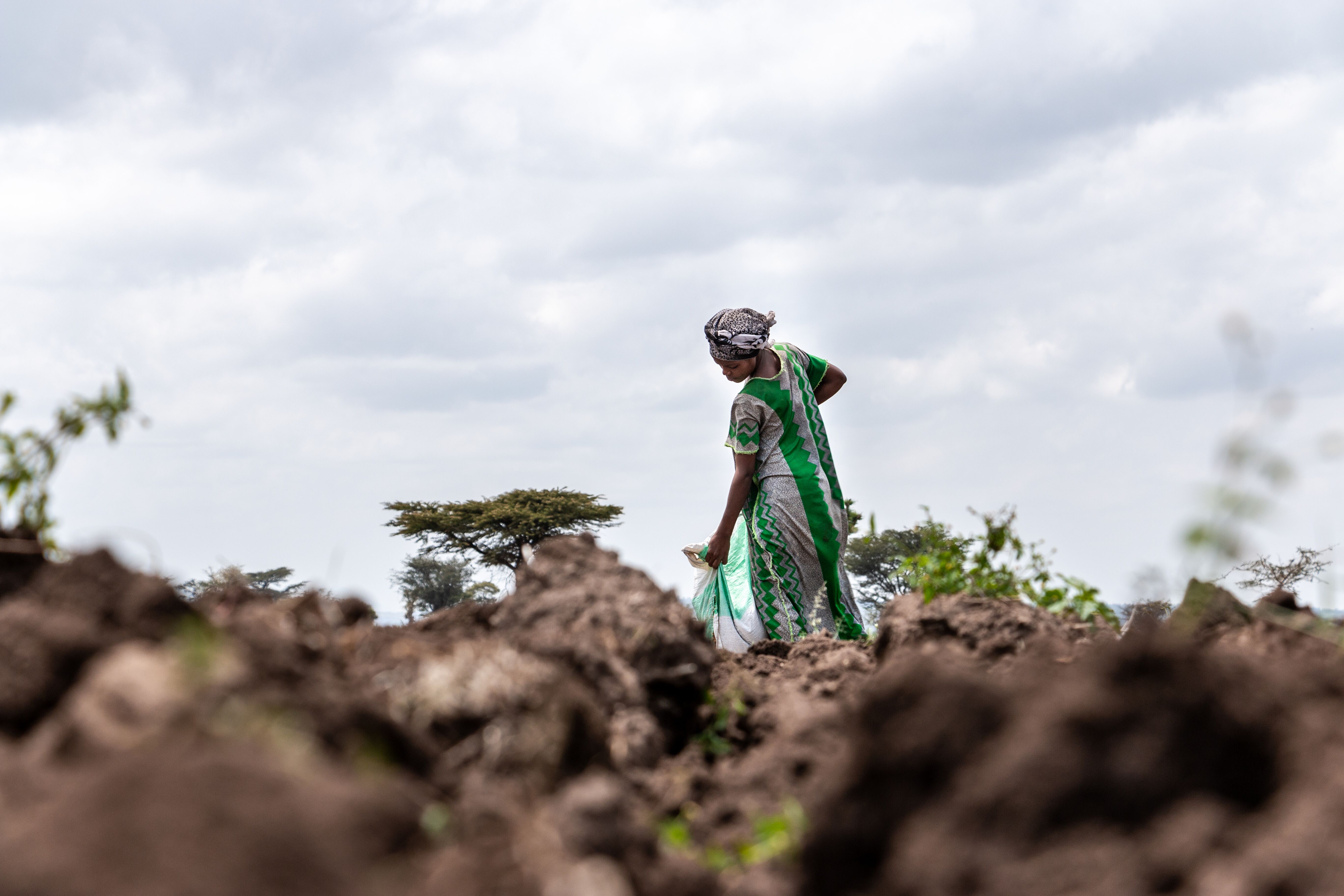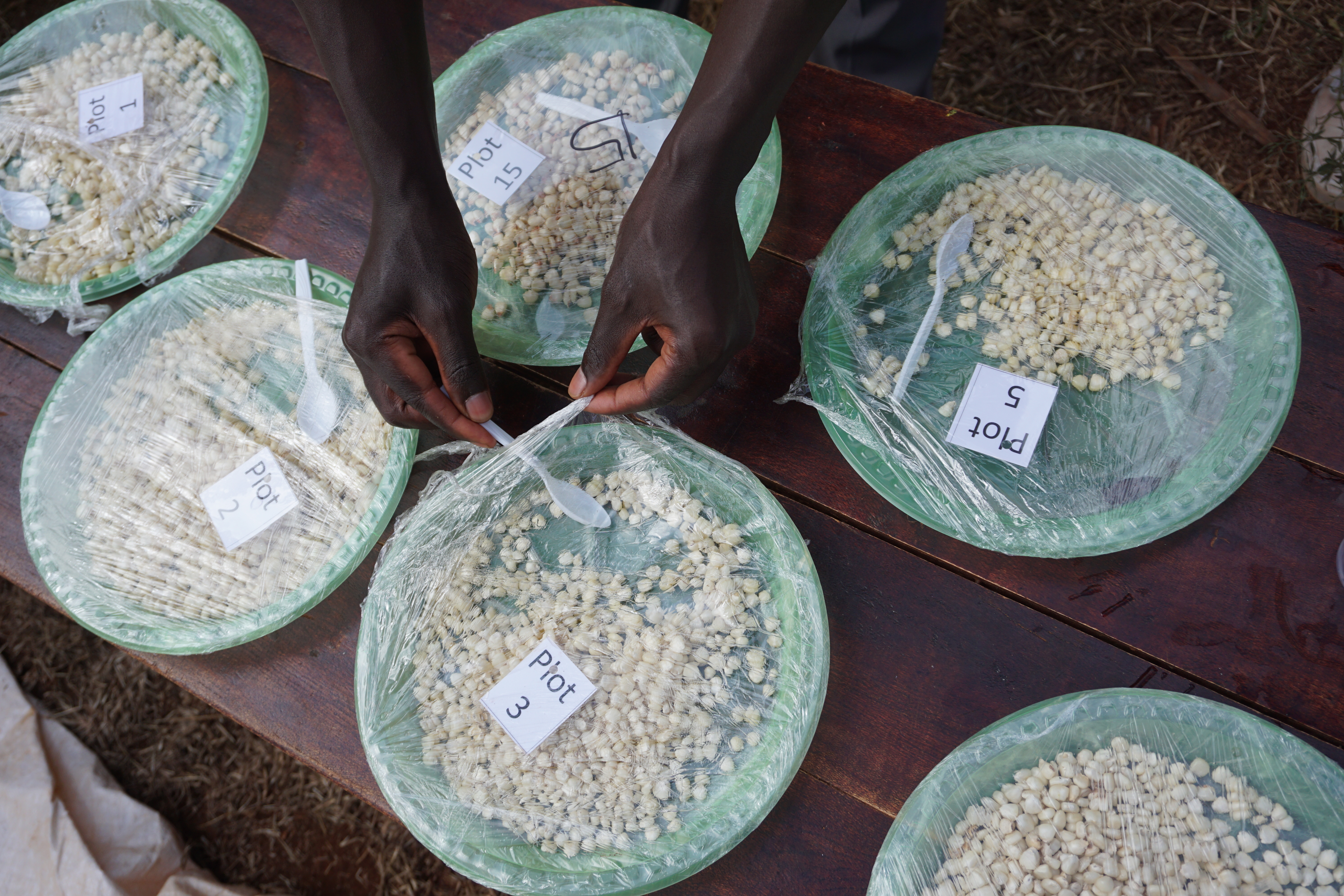Blogs
October is World Food Prize month at William Penn University
 Climate adaptation and mitigation
Climate adaptation and mitigation
Source: Oskaloosa Herald (30 Sep 2019)
This year’s speaker is Bram Govaerts, the global Director Innovative Business Strategies at CIMMYT.
Scientists propose a low-cost, reliable system to measure soil organic carbon
 Climate adaptation and mitigation
Climate adaptation and mitigation
Using existing sources of information, quantifying soil organic carbon would be a first step to increasing it, a crucial way to support climate change mitigation and agricultural resilience.
Breaking Ground: P.H. Zaidi helps Asian farmers get healthy harvests despite climate variability
 Climate adaptation and mitigation
Climate adaptation and mitigation
CIMMYT maize physiologist supports development of new climate-resilient maize varieties that help resource-poor Asian farmers protect their food and income security.
New publications: Do market shocks generate gender-differentiated impacts?
 Gender equality, youth and social inclusion
Gender equality, youth and social inclusion
New study provides recommendations to help female-headed households cope with market volatility.
UN-sponsored report acknowledges CIMMYT’s use of data and technologies to promote sustainable farming in Latin America
 Innovations
Innovations
CIMMYT’s work featured on the Counting on the World to Act report, produced by SDSN and TReNDS.
Researchers are hunting for the “climate gene” that can save food plants
 Innovations
Innovations
Source: Aftenposten (24 Sep 2019)
CIMMYT’s plant breeding contributes to climate resilience of crops around the world.
Scientists identify genome regions that lead to better yield, disease resistance in wheat
Source: The Hindu Business Line (24 Sep 2019)
International team found a way to breed better wheat varieties with high yields and resistance to diseases and the adverse effects of climate change.
Toolkits to deal with Asian droughts
 Climate adaptation and mitigation
Climate adaptation and mitigation
Source: The Third Pole (23 Sep 2019)
CIMMYT, ICIMOD and partners launched a Regional Drought Monitoring and Outlook System for South Asia.
Large-scale genomics will improve the yield, climate-resilience, and quality of bread wheat, new study shows
 Innovations
Innovations
Scientists identified significant new chromosomal regions for wheat yield and disease resistance, which will speed up global breeding efforts.
Climate-smart agriculture: A winning strategy for farming families in El Niño seasons
 Climate adaptation and mitigation
Climate adaptation and mitigation
A recent study from the International Maize and Wheat Improvement Center (CIMMYT) shows that conservation agriculture and other climate-smart technologies are increasing yields and farmer resilience amidst drought episodes in southern Africa.
Smallholder farmers’ multi-front strategy combats rapidly evolving wheat rust in Ethiopia
 Nutrition, health and food security
Nutrition, health and food security
Researchers found farmers who increased both the area growing resistant varieties and the number of wheat varieties grown per season saw the biggest yield increases.
Collaborative product profiling captures farmers’ demand for greater impact
 Nutrition, health and food security
Nutrition, health and food security
A demand-driven, multi-lens approach ensures the best maize varieties are available to seed companies and farmers.
How wheat can help in fight against ‘hidden hunger’
 Nutrition, health and food security
Nutrition, health and food security
Source: The Economic Times (15 Sep 2019)
CIMMYT has released eleven varieties of nutritious zinc wheat in India.
Kenyan maize farmers set to benefit from development of improved varieties
 Climate adaptation and mitigation
Climate adaptation and mitigation
Source: News Ghana (13 Sep 2019)
CIMMYT has developed a variety of seeds to meet the varied needs of Kenyan farmers.
Back from the brink of extinction
 Nutrition, health and food security
Nutrition, health and food security
Visiting scientist Roi Ben-David discusses Israel’s exotic germplasm gap and ongoing efforts to restore the country’s lost wheat landrace collections.

